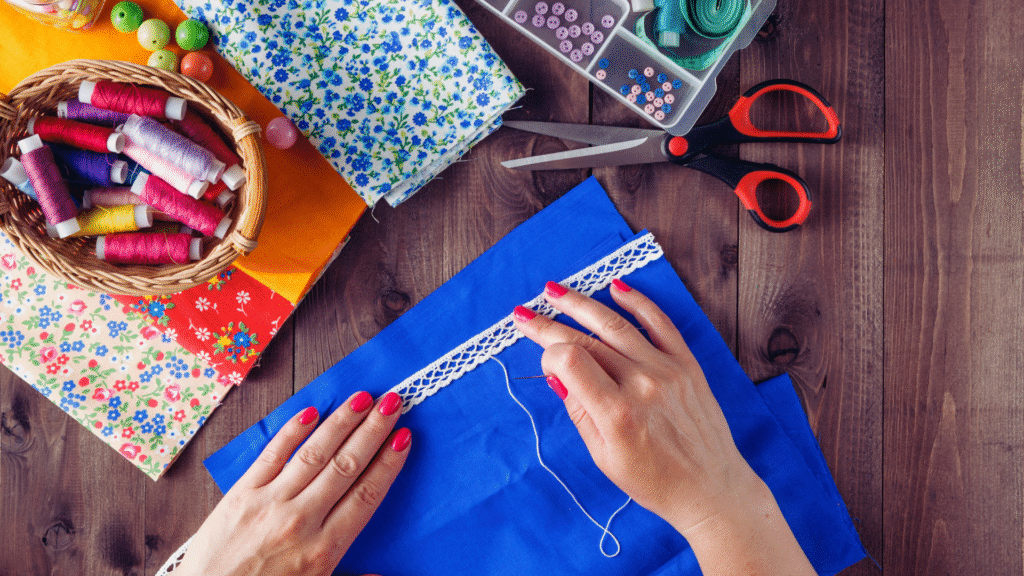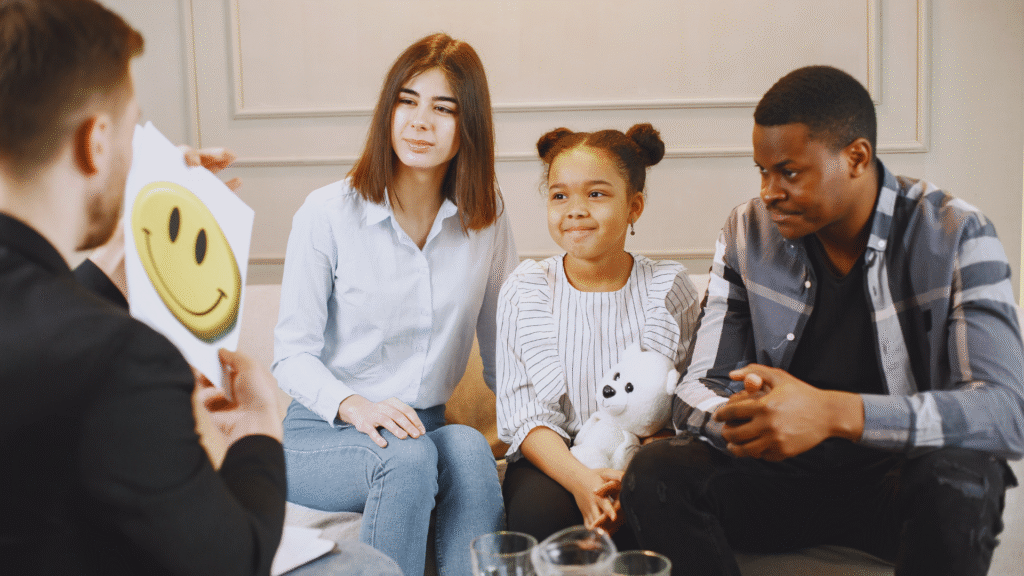Creative blocks can be frustrating and disheartening for anyone trying to tap into their imagination. Finding ways to stimulate creativity, such as changing the environment, setting specific goals, or engaging in different activities, can effectively overcome these obstacles. Acknowledging the block as a normal part of the creative process helps in easing the pressure to produce.
Individuals experiencing these blocks might benefit from taking a break, allowing the mind to reset. Simple practices, like going for a walk or dabbling in a new hobby, can spark inspiration and lead to fresh ideas. Emphasising playfulness and curiosity is key in reigniting one’s creative spark.
Ultimately, recognising that creative blocks are temporary can empower individuals. By implementing practical strategies and maintaining a positive mindset, anyone can navigate through these challenging periods and emerge with renewed inspiration.
Understanding Creative Blocks
Creative blocks can manifest as persistent challenges that hinder an individual’s ability to produce work. Recognising their nature and common origins is crucial for finding effective strategies to overcome them.
Defining the Challenge
Creative blocks occur when a person feels unable to generate new ideas or complete tasks. This experience can range from mild discomfort to significant frustration, impacting productivity.
Often, the individual may grapple with feelings of inadequacy or fear of failure, which can exacerbate the block. The fear of negative judgment or not meeting personal standards can be paralysing.
When individuals encounter these obstacles, it is essential to acknowledge the challenge rather than ignore it. Understanding that this is a common experience can help reduce the sense of isolation often felt during these times.
Common Causes of Creative Blocks
Several factors can contribute to creative blocks. One prevalent cause is fear—fear of criticism, fear of inadequacy, or fear of the unknown can stifle creativity.
Additionally, a lack of confidence can build upon these fears, making it difficult for individuals to express their thoughts. Stress and exhaustion also play significant roles; overworking or experiencing personal difficulties can lead to mental fatigue, obstructing creative flow.
Environmental influences, such as an uninspiring workspace or lack of support from peers, can further hinder creativity. Recognising these contributing factors is vital in addressing the underlying causes and finding pathways to re-engage with creativity.
Strategies to Reignite Creativity
Creative blocks can be frustrating. To overcome them, taking purposeful breaks and engaging in structured exercises can effectively rekindle inspiration and motivation.
The Role of Breaks and Diversions
Scheduled breaks can significantly impact creativity. Stepping away from the creative process allows the mind to rest and reset. Engaging in different activities—such as walking, reading, or spending time in nature—can trigger fresh ideas.
Julia Cameron, in “The Artist’s Way,” emphasises the importance of nurturing the creative self through breaks. These diversions can foster new perspectives, leading to renewed enthusiasm. Simple techniques like the Pomodoro Technique encourage regular pauses, improving focus upon return.
Maintaining a balanced routine with creativity-focused diversions helps individuals avoid burnout. Simple pleasures, such as listening to music or enjoying art, often reignite sparks of inspiration.
Incorporating Structured Exercises
Structured exercises can provide much-needed direction during creative droughts. Writing prompts, brainstorming sessions, and free writing are effective techniques. These practices encourage exploration without the pressure of outcome.
Julia Cameron suggests morning pages, where individuals write three pages of stream-of-consciousness thoughts. This exercise fosters clarity and uncovers hidden ideas.
Incorporating visual prompts, such as collages or mood boards, can also boost creative flow. Participating in group sessions or workshops enables artists to share methods and receive feedback.
These structured routines create a supportive environment for creativity. They encourage individuals to experiment freely, opening pathways to inspiration.
Professional Approaches and Resources
Addressing creative blocks may require professional assistance or guidance from experienced mentors. Each approach offers distinct strategies for overcoming barriers to creativity.
When to Seek Professional Help
Creative blocks can sometimes signal deeper issues, such as anxiety or burnout. If an individual finds that the block persists despite personal efforts, it may indicate a need for professional help.
Consulting a therapist or a psychologist can provide valuable insights. They can help identify underlying reasons for the block and offer tailored strategies for overcoming it.
Joining support groups or workshops can also be beneficial. Engaging with others facing similar challenges can foster a sense of community while providing fresh perspectives on tackling creativity issues.
Learning From Creative Mentors
Creative mentors offer valuable insights and new techniques for overcoming obstacles. Engaging with a mentor can inspire individuals to break through their blocks and explore new ideas.
Seeking out established professionals in the desired field, whether through networking events, online platforms, or professional organisations, can open doors to mentorship opportunities.
Mentors often share personal experiences, providing practical advice based on their journeys. Participating in feedback sessions with a mentor can reveal new ways to approach projects and generate creative momentum.





